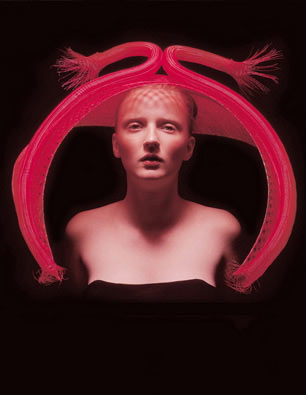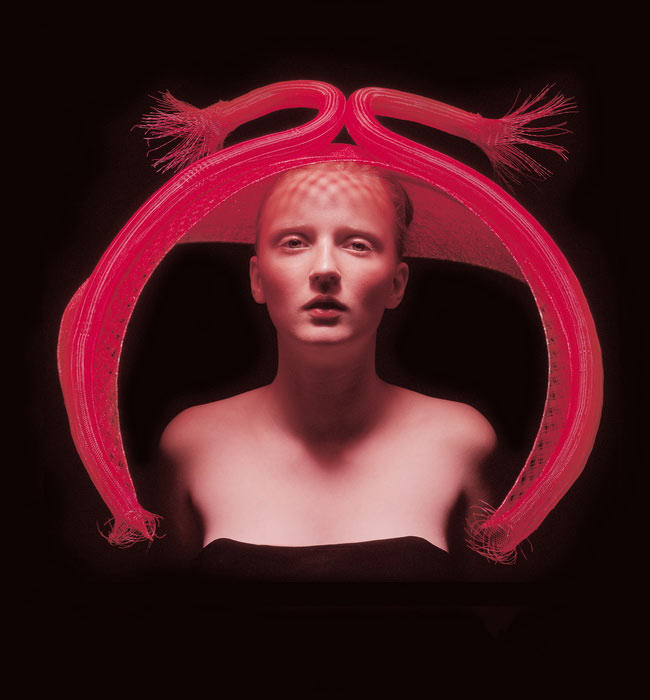The contents of the womb, once out of sight, are now everywhere to be seen. But what is visible is not the same as what was hidden. No eighteenth-century woman imagined an embryo developing inside her, and the rare representations show various symbols instead.
Around 1800 anatomists began to depict embryos realistically and in developmental series. They drew and modelled more complete, accurate and normal series, and taught generations of medical students to visualize the complex changes through which the adult body is formed. But for a long time embryos remained rare and not quite respectable outside medical institutions.
From the later nineteenth century Darwinism, birth control and sex education controversially promoted an embryological view of human life, which in the 1960s finally entered schools. Obstetric ultrasound, illustrated magazines, anti-abortion politics, technologies of assisted conception and molecular probes combined to distribute fresh images of embryo and fetus far and wide. More than ever before, the identities of embryo, fetus, abortus and child coincided, collided or had to be kept painstakingly apart.
The images on our screens—strange yet beautiful, clinical yet familiar—are new in many ways. But their forms carry traces of this history through which our views of human development have been made.



